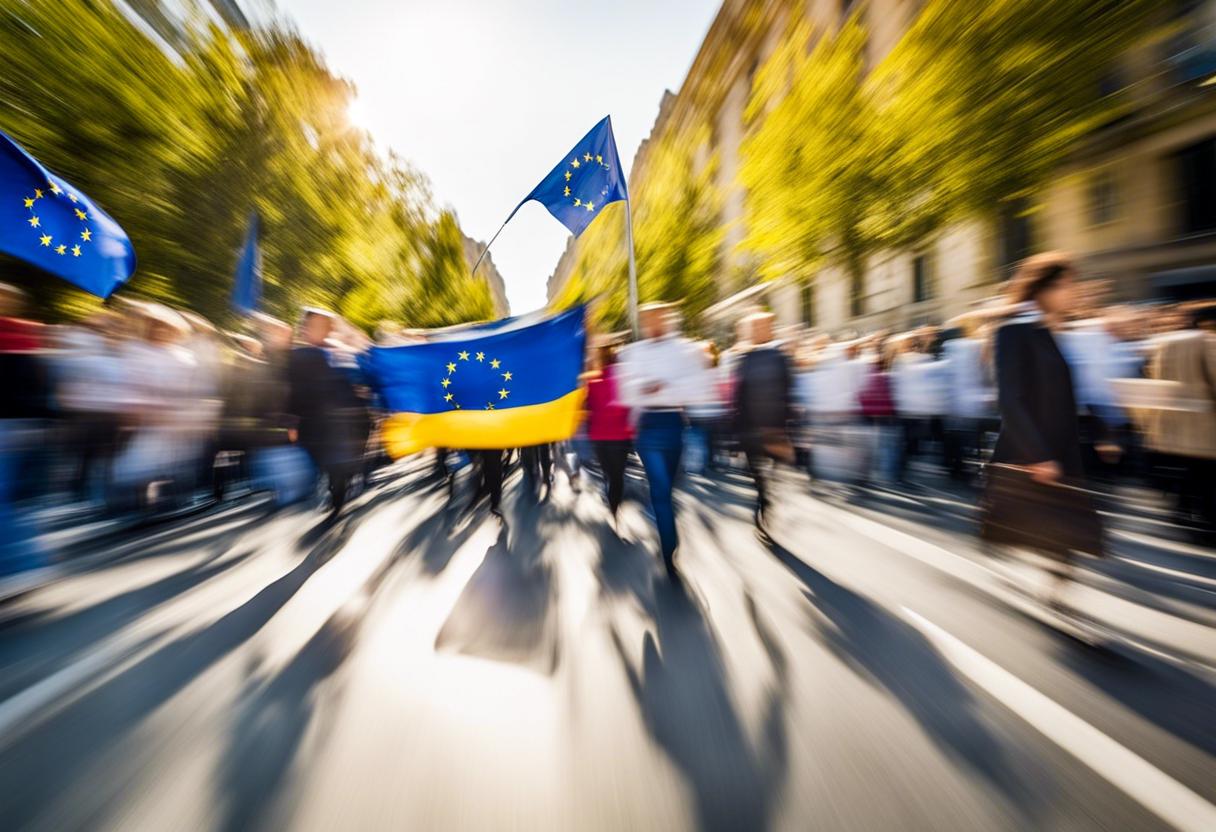Ireland has chosen to participate in the much-debated Migration and Asylum Pact of the European Union (EU), which was approved in a parliamentary vote on Wednesday. Yet, the nature of the pact, the controversies surrounding it and its impact on Ireland inspires questions.
What lays the groundwork for the Pact?
Since 2015, the EU has grappled with a relentless migration upheaval. The crisis peaked when numerous individuals attempted to make their way across the Mediterranean Sea to Europe in ill-equipped vessels, resulting in numerous fatalities. Italy and Greece were primarily tasked with providing refuge for individuals escaping conflict and poverty from regions including Syria and sub-Saharan Africa. EU negotiators secured an accord last December that was intended to distribute both the financial obligation and accountability for accommodating asylum seekers evenly across EU. By April, the European Parliament had ratified ten legislative measures constituting the pact.
What is the purpose of the pact?
The pact aims to introduce a uniform immigration control procedure throughout EU’s 27 member states. This will include intensified security checks at borders and a significant surge in the workforce handling applications while building new accommodation establishments. Migrants will be housed in holding facilities near airports and sea ports, which the Irish government assures will not function as detention centres. Asylum applications should be processed within a maximum timeframe of 12 weeks. If the application is denied, the asylum seeker will be repatriated. Depending on their size of population, member states are obligatory to accept thousands of migrants from “frontline” nations like Italy, Greece and Spain, or offer financial support in lieu.
What incites controversy?
Left-wing politicians at the European level have criticised the pact considering it as a retrograde step, while right-wing politicians argue it is insufficient in curbing the influx of asylum seekers. Over 160 organisations all over Europe, including Amnesty International, have expressed reservations about the pact. Eve Geddie, who heads Amnesty International’s EU office, has said that the policy could heighten the number of individuals held in “detention” at European borders.
How has this issue presented itself in Ireland?
Sinn Féin’s Mary Lou McDonald has voiced concerns over the perceived threats to Ireland’s sovereignty, as she accuses the government of damaging oversight by not excluding any element of the agreement. Labour’s leader, Ivana Bacik, advocates for a unified EU strategy on immigration but criticises the pact for failing to demonstrate solidarity with the Global South. Social Democrats leader, Holly Cairns, acknowledges some sections of the pact may hold merit but the agreement as a whole elicits “grave concerns about human rights” within her party.
The Rural Independents suggested a public vote, with Mattie McGrath vehemently protesting against the idea of transferring authority over immigration to Brussels describing it as “an intolerable outrage”. Peadar Tóibín, the lead of Aontú, had previously questioned Taoiseach Simon Harris regarding the financial implications of Ireland’s responsibilities within the agreement.
What does the Government say in response?
Justice Minister, Helen McEntee, asserts that the pact is a considerable stride towards implementing fair and effective asylum procedures, juxtaposed with safeguarding those claiming refuge. Furthermore, Mr Harris claims that Ireland stands to gain significantly, due its unique position of attracting a considerable number of applicants who have already sought asylum status in another EU country.
Reacting to queries on the financial ramifications of the pact, he concedes that it is not feasible to fully estimate the costs involved. Instead he proposes that Ireland will reap benefits in some areas, but perhaps not all.

